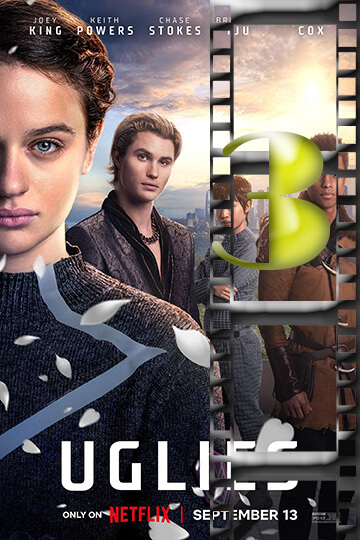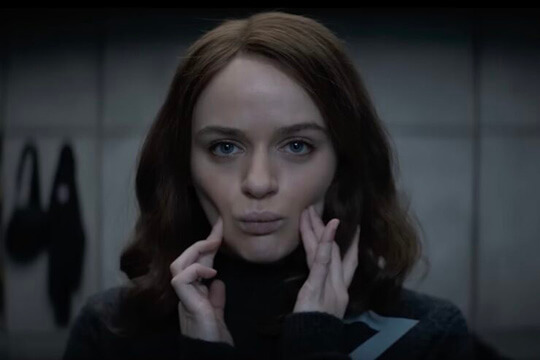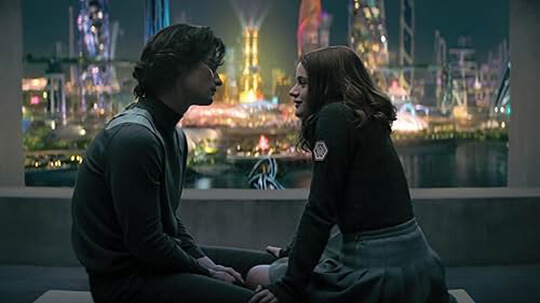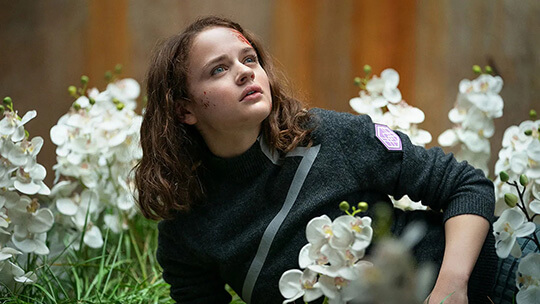

What’s It About
In a future post scarcity dystopian world in which everyone is considered an “ugly,” but then turned “Pretty” by extreme cosmetic surgery when they reach the age of 16. It tells the story of teenager Tally Youngblood who rebels against society’s enforced conformity



MOVIESinMO REVIEW
The movie Uglies takes place in a future dystopian society where beauty standards are the driving force behind social harmony. After a series of environmental disasters caused by human reliance on fossil fuels, society is restructured around a seemingly utopian solution: mandatory cosmetic surgery at age 16 to turn “uglies” into “pretties.” This operation is not just about appearance; it represents the power to control the population and maintain conformity. Physical attractiveness is seen as a way to eliminate discrimination, as all individuals are made “equal” by the same beauty standards. However, this system also imposes rigid control over individual identity and creativity, as those deemed ugly are confined to rundown areas. At the same time, the pretties live in luxury and splendor.
At the core of the film is a critique of society’s obsession with physical beauty and conformity. While making people more attractive, the transformation strips away individuality and forces people to fit into a mold. It mirrors real-world societal pressure to meet idealized beauty standards and the consequences of living in a conformist culture. The film also touches on environmental collapse, societal control through technology, and rebellion against oppressive systems. However, despite its relevant themes, the movie struggles to feel fresh, instead reminding audiences of the flood of similar young adult dystopian films that arrived in the 2010s. Movies like The Maze Runner and Divergent set the stage for these types of stories. By comparison, Uglies feels formulaic, rehashing many of the same ideas without pushing the boundaries or introducing new perspectives.
Tally, the protagonist played by Joey King, is a typical young adult heroine who starts as a believer in the system but becomes disillusioned as she uncovers the darker truths behind the perfect facade. Her journey from an eager participant in the transformation to a rebel questioning society’s values mirrors the typical arc seen in dystopian stories. Tally’s relationship with her best friend and later with Shay, a more rebellious figure, is central to her transformation—not just physical, but emotional. Shay introduces her to The Smoke, a group that rejects society’s focus on beauty and instead embraces natural living. The rebels highlight an alternative to the oppressive system, but their portrayal feels somewhat shallow, lacking depth in their philosophy or way of life. One of the film’s weaknesses is its underdeveloped supporting characters. Tally’s relationships with others, including Shay and her best friend, feel rushed and don’t fully explore the potential for conflict and growth. While there is tension, such as Tally’s inner struggle between loyalty to her friends and her growing doubts about the system, these emotional beats lack impact, making it hard for the audience to engage with her journey fully.
The central plot involves Tally infiltrating the rebel group on behalf of Dr. Cable, a sinister figure who represents the controlling forces of the society. Tally’s mission to spy on The Smoke becomes a moral dilemma as she grows closer to them and begins questioning the society she once supported. The narrative follows a familiar trajectory of discovery, betrayal, and eventual revolt but lacks the thrilling twists or emotional depth that made other dystopian stories more memorable. The climax, which sees Tally confronting her society’s hierarchical and superficial nature, feels somewhat muted, never reaching the emotional or action-packed heights needed to make the ending satisfying. Instead, the film concludes on a vague note, leaving the door open for a sequel without delivering a solid resolution. This lack of a definitive ending, combined with the film’s predictability, leaves viewers feeling unfulfilled.
As mentioned earlier, Uglies fits squarely into the mold of young adult dystopian films, and part of its problem lies therein. At its peak, this genre was dominated by movies like The Hunger Games, Divergent, and The Maze Runner, all featuring strong central characters fighting against a broken system. Still, each of those films brought something unique to the genre. The Hunger Games, for example, had a vital political commentary on media and class division, while Divergent explored personal identity and societal roles. Uglies, by contrast, fails to distinguish itself in any significant way. While its focus on beauty standards is undoubtedly timely, the film doesn’t dive deep enough into such a system’s psychological or cultural implications. The result is a dated film as if it missed its window to stand out in a genre already oversaturated with similar stories. Ultimately, Uglies doesn’t do enough to set itself apart. The themes it explores, while important, aren’t handled with the depth or originality needed to make them resonate. The plot follows a predictable path, and the characters lack the complexity that could have elevated the material. As a result, the movie fails to leave a lasting impact, and even though the ending leaves room for a sequel, it’s hard to imagine many viewers clamoring for a return to this universe. While not a complete failure, Uglies is an ordinary, forgettable entry in the young adult dystopian genre.
OUR RATING – A NOT-SO-ATTRACTIVE 3

